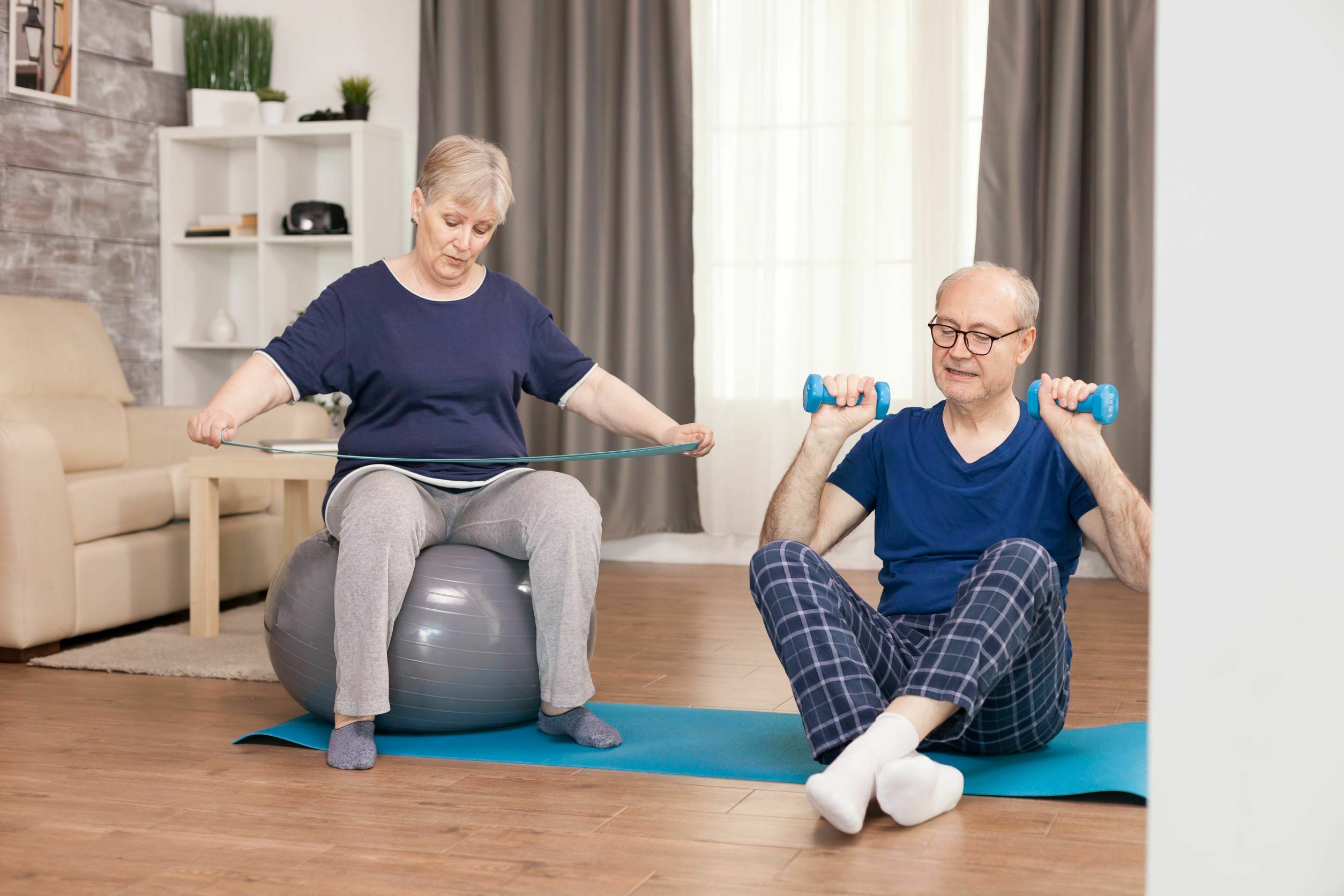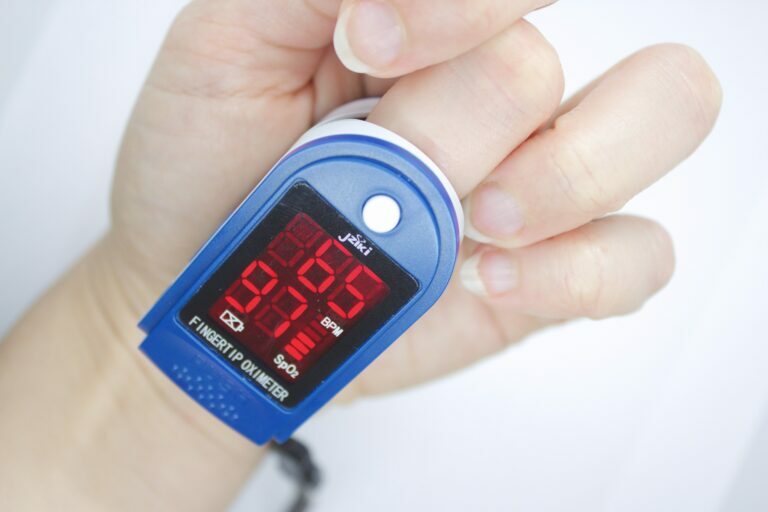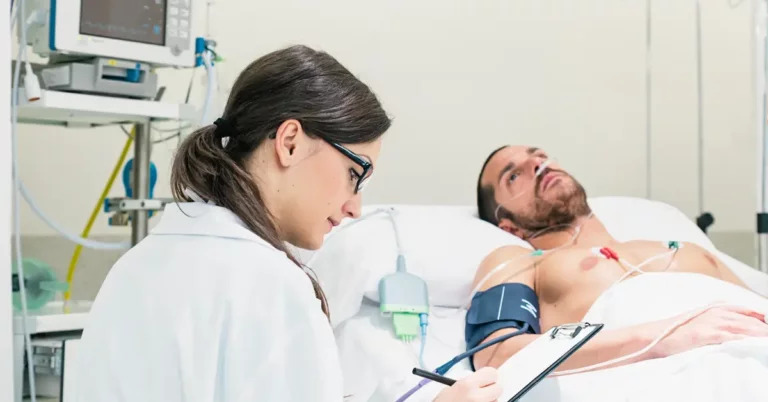There are a myriad of health conditions and accompanying disorders that people face today. Different medical disorders entail disease-specific treatment regimens. Nevertheless, across the wide gamut of conditions, lifestyle changes such as proper nutrition and regular exercise are invariably included in physicians’ recommendations to their patients because of substantial evidence that they lead to better health outcomes. As such, the capacity to exercise adequately and safely is crucial to a comprehensive treatment plan.
Current guidelines recommend a total of at least 150 minutes of moderate intensity aerobic activity or 75 minutes of vigorous intensity per week.[1] Various medical conditions may involve specific and individualized precautions when it comes to proper exercise in order to avoid potential adverse events. With the advent of wearable devices and remote patient monitoring (RPM) solutions such as DrKumo’s platform, patient-related parameters that are invaluable in promoting exercise safety can be monitored in real-time by patients and their providers. Here we will look at 5 ways RPM can help patients exercise safely.
Achieving target heart rate
During exercise, the heart normally pumps faster to meet the body’s increased demands for blood. This manifests in a physiologically increased heart rate compared to when a person is at rest. Heart rate during exercise may be an indication of either under- or over-exertion. Rates that are too slow or too high may also indicate poor physical fitness or may be related to a medical disorder (ex. heart failure/arrhythmia or hyper/hypothyroidism).
The recommended heart rate during exercise is known as the target heart rate and varies with age and intensity of exercise. First, the maximal heart rate[2] is computed as follows:
Maximal Heart Rate = 220 – Age
For moderate intensity exercise, target heart rate would be 50-70% of the Maximal Heart Rate, while for vigorous exercise, target heart rate would be 70-85%.[2] It would be important to note that these targets usually apply to people without heart conditions: for patients who have heart failure or have already survived a heart attack, their providers may set different, individualized targets based on stress tests done prior to giving exercise prescriptions.
The traditional way of obtaining heart rate would be counting the pulse for a few seconds to a minute, and then comparing it to the target heart rate. But wearable RPM devices such as the smartwatch can give real-time, almost instantaneous feedback on the current heart rate during exercise, and can alert patients to too slow or too fast heart rates. This knowledge can then empower patients to adjust their exercise regimen accordingly or seek medical attention early and promptly if necessary.
Averting blood pressure spikes
During exercise, systolic blood pressure is expected to increase even up to 200 mm Hg, while diastolic blood pressure usually remains the same or can even go down.[3] Whereas people with hypertension are strongly recommended to still exercise regularly, they must take care to avoid blood pressure spikes during exercise which can lead to increased risk of heart attack or stroke. Current recommendations include close coordination with the health provider regarding safety concerns prior to initiating or increasing physical activity, staying well-hydrated during exercise, and ensuring regular intake of medications.
Checking one’s blood pressure before exercising is also an integral component of preventing blood pressure spikes. Individual values may vary, but in general a systolic blood pressure greater than 220 mm Hg or diastolic pressure greater than 105 mm Hg prior to physical activity is a contraindication to exercise.[4] In this regard, RPM devices such as a portable, wireless blood pressure monitor is indispensable in ensuring that a patient can check his/her blood pressure before exercising and averting complications.
Preventing hypoglycemia
People living with diabetes are prone to both sugar highs and lows, and caution must also be taken during exercise to ensure optimal glucose levels. In general, exercise causes an increase in insulin sensitivity (and subsequently a decrease in glucose levels), but in reality, glycemic responses to physical activity are variable, especially for people with Type 1 Diabetes. Therefore, close glucose monitoring is invaluable in preventing hyper or hypoglycemia, and RPM devices such as glucometers for capillary blood glucose or continuous glucose monitors can definitely be helpful.
The ideal target range for blood glucose levels prior to exercise is between 90 to 250 mg/dL.[5] To prevent hypoglycemia during extended periods of aerobic exercise (>30 mins), patients are recommended to increase their carbohydrate intake and/or decrease their insulin dose prior. During fasting conditions (i.e. in the morning before breakfast), patients who will undergo low- to moderate-intensity exercise lasting 30-60 minutes are recommended to ingest 10-15 grams of carbohydrates prior, while for those exercising after a dose of fast-acting insulin is injected, about 30-60 grams of carbohydrates are needed per hour of exercise. Alternatively, insulin doses can be reduced by around 20-25% prior to exercise in lieu of additional carbohydrate intake.[5]
Other strategies to reduce hypoglycemic episodes during exercise besides carbohydrate intake and insulin adjustment include performing short spurts of high-intensity exercise during moderate aerobic exercise, as well as doing resistance training immediately prior to aerobic exercise. Individualized exercise recommendations are of course still best discussed with one’s health provider.
Avoiding hypoxemia
Exercise training is essential in pulmonary rehabilitation, and people with chronic lung conditions such as asthma or chronic obstructive pulmonary disease are highly encouraged to exercise as it brings about improved function and outcomes.[6] However, some patients may experience low oxygen levels during exercise, which is termed as exercise-induced hypoxemia.
Exercise-induced hypoxemia[6] is categorized as:
- Mild: arterial oxygen saturation of 93-95%
- Moderate: 88-93%
- Severe: <88%
For people with chronic lung conditions, having a handy device to measure oxygen saturation before and during exercise is essential to exercising safely, as they can detect the occurrence of hypoxemia and the need for supplemental oxygen therapy. Hence, an RPM device such as a portable, wireless pulse oximeter can be a boon in promoting exercise safety.
Detecting arrhythmias
As mentioned above, heart rate normally increases during exercise, and abnormal heart rates may be indicative of cardiac problems and require further investigation. The electrocardiogram (ECG) is one such basic test that is always done in the evaluation of abnormal heart rates/rhythms. This usually involves visiting a doctor’s clinic or diagnostic center that has an ECG machine. With new RPM devices such as the smartwatch with ECG function, a patient’s cardiac rhythm can be tracked and monitored in real-time while a patient is exercising. Specialized algorithms enable recognition of abnormal heart rhythms such as atrial fibrillation and facilitates early detection which can potentially be life-saving.
Takeaway
Regular exercise is beneficial for patients with chronic health conditions. With appropriate disease-specific and individualized strategies, coupled with the use of RPM devices, patients can exercise safely while avoiding potential complications and adverse events, leading to better health outcomes and improved quality of life.
References:
- How much physical activity do adults need? | Centers for Disease Control and Prevention (n.d.). https://www.cdc.gov/physicalactivity/basics/adults/index.htm
- Target heart rates chart. | American Heart Association (n.d.). https://www.heart.org/en/healthy-living/fitness/fitness-basics/target-heart-rates
- Blood pressure. | UC Davis Health (n.d.). https://health.ucdavis.edu/sportsmedicine/resources/blood-pressure.html
- Being active with high blood pressure. | American College of Sports Medicine (n.d.). https://www.exerciseismedicine.org/assets/page_documents/EIM_Rx%20for%20Health_Hypertension.pdf
- Sheri R. Colberg, Ronald J. Sigal, Jane E. Yardley, Michael C. Riddell, David W. Dunstan, Paddy C. Dempsey, Edward S. Horton, Kristin Castorino, Deborah F. Tate; Physical Activity/Exercise and Diabetes: A Position Statement of the American Diabetes Association. | Diabetes Care1 November 2016; 39 (11): 2065–2079. https://doi.org/10.2337/dc16-1728
- Chris Garvey, Brian Tiep, Rick Carter, Mary Barnett, Mary Hart, Richard Casaburi; Severe Exercise-Induced Hypoxemia | Respiratory Care Jul 2012, 57 (7) 1154-1160; DOI:10.4187/respcare.01469








